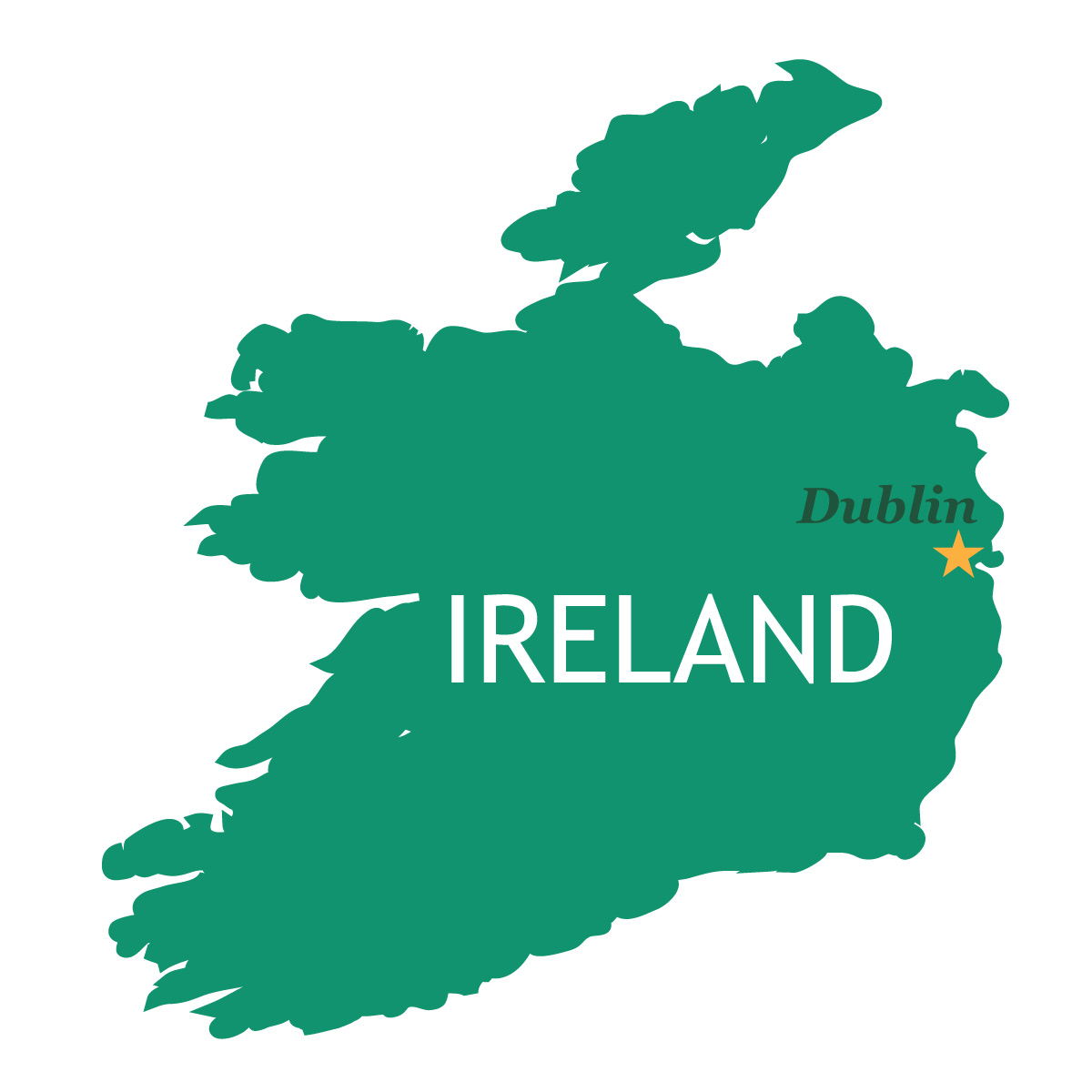
Ireland
Located off the coast of northern Europe, Ireland is an island nation with a cuisine that is influenced by both the land and the cultural heritage of the people. Grab your kids and let’s learn about Ireland!
QUICK STATS
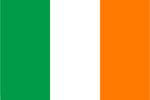
Ireland is an island nation off of northern Europe. About 20% of the island (Northern Ireland) is a part of the United Kingdom. The island is bordered by the Atlantic Ocean to the west and the Irish Sea to the east.
A brief history to learn about Ireland
The earliest evidence of people on the island that is now Ireland dates as far back as 6000 BC. Historians believe people settled on and farmed the land as early on as 3500 BC.
During the centuries between 700-300 BC, the Celts began to migrate from central Europe and settle on what is presently Irish soil. They began permanent settlements and resided there for around 2,000 years.
Around 400 AD, St Patrick, a missionary from England, brought Christianity to Ireland, and Catholicism quickly became the main religion on the island. Until around 700 AD, the people lived in peace.
After the eighth century, however, Viking raiders began to attack and eventually took control of parts of Ireland. There were frequent battles between the Vikings and the people living in Ireland.
During this same time period, conflicts also arose between various clans and tribes residing on the island. Each had its own ruler, and they often fought for control of the land.
One ruler called Boru Boru, conquered enough area to call himself a high king. But the violence continued, eventually coming to a head at the Battle of Clontarf in 1014. There he was killed.
In 1170, Norman Vikings arrived and conquered the majority of the Irish land and brought it under English rule.
In the 1600s, English settlers who were Protestant began to arrive in Ireland, which led to Irish revolts, as they were still a very Catholic nation in their culture and tradition. This was the first in a series of such attempted revolutions.
The Catholic King James led the Irish in an armed rebellion to try and win back his throne in 1690. The Easter Rising in 1916 was an armed uprising against the English in Dublin.
Then again in 1919, the Irish Republican Army began a war against the British army. Finally, in 1921, the effort was successful. The Southern part of the island became the Irish Free State. It took the name Ireland in 1937.
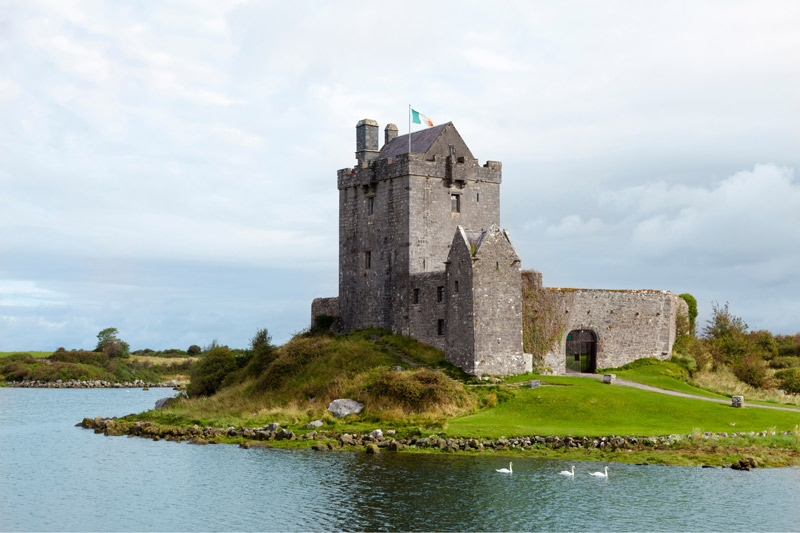
Fun Facts about Ireland for kids
- The remains of St Valentine are buried in a church in Dublin.
- Halloween originated in Ireland.
- There is a festival in Ireland in which the people catch a wild goat and name it king for three days.
Irish food
Centuries of social and political changes have made Irish cuisine what it is today. Many tribes and cultures have left their mark on Irish food traditions.
From the grains brought into the agricultural system by the British, pheasants and deer by the Normans, to the introduction of the potato by Sir Walter Raleigh, the Irish have embraced changes and grafted them into their diet.
Foods vary greatly by region, as Ireland has both fertile farmlands inland, and access to the fruits of the Atlantic Ocean which surrounds it.
But all throughout the island, the traditional foods of the Irish people are central to the culture. They have even found their way into age-old myths and legends!
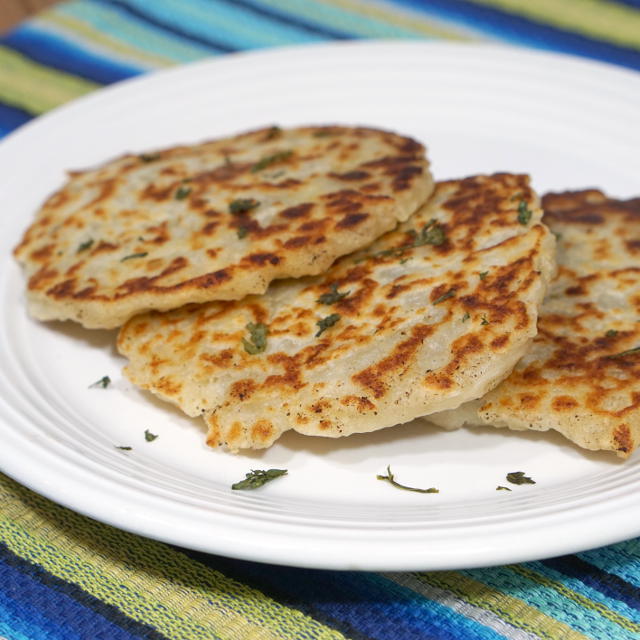
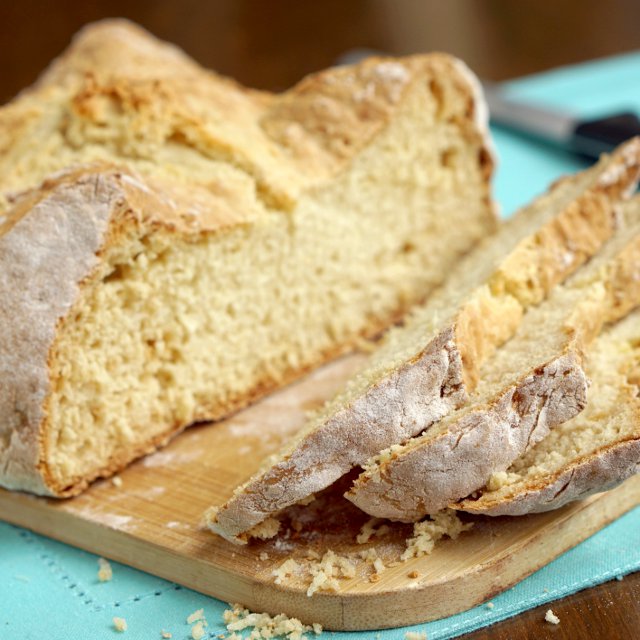
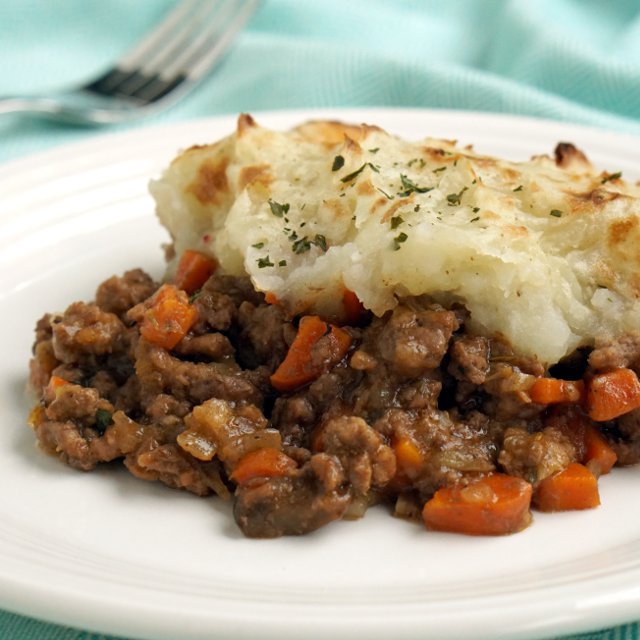
What do the Irish eat? Mealtime in Ireland.
Irish people eat 3 to 4 meals a day. They typically consist of meats and dairy, which are largely available year-round. This is because the climate is so mild that farmers do not need to bring their cattle in for winter. Also, grass for grazing grows ten months out of the year.
The fruits, legumes, and vegetables served, however, vary greatly by season. Families adapt their meals to use what is available (and fresh) on the small island nation.
Breakfast (bricfeasta)
The Irish typically eat breakfast at about 8 or 9 am. Irish breakfast consists of fried eggs, never boiled or scrambled. They pair the eggs with bacon strips, called rashers, and sausage. A roll might be served as well, like Waterford blaa, which is a local bread served soft or chewy and dusted with flour.
Lunch (lón)
Traditional Irish lunch is usually eaten from noon until about 2 pm. It consists of bread and stew or soup.
A staple in homes and restaurants is Irish soda bread. Bakers make this bread with baking soda instead of yeast. Sometimes they add raisins or caraway seeds to the dough as well.
The Irish often eat stews made with potatoes and vegetables, like Irish coddle. It is a rich stew containing potatoes, bacon, sausage, carrots, and apple cider.
Another popular lunch dish, while not a stew, is a casserole-type dish made with layers of cabbage, mashed potatoes, and lamb. While it has different names and some variations throughout the UK, the Irish call it Hunter’s Pie.
Tea/Dinner (tae/dinnéar)
This is the main meal of the day in Ireland, often served at about 6:30 pm. In rural areas, it is truer to the name as tea is served with bread and butter, sometimes with cold sliced meat and cheese.
In more urban areas, this is a hearty meal with a soup or stew, a hot casserole with a potato base, bread, butter, and Irish stout or Guinness.
A traditional dinner favorite in Ireland is colcannon, a hot dish made of mashed potatoes, kale, and cabbage. Also, fish and chips is a popular dinner, served breaded and fried, of course.
Supper (suipéar)
This is a light evening meal eaten before bed, usually around 9 pm. It is a snack of tea and toast, usually with butter or cheese. While this is less common among younger or more urban demographics, older generations and in more rural areas still enjoy it.
Food etiquette in Ireland
Dinner in Ireland is often an informal affair, however, there are a few basic rules to abide by, such as removing one’s hat when entering a home, and being sure to arrive on time. It is also customary to bring a small gift to the host, such as flowers or wine.
When seated, keep one’s elbows off the table. You should hold your knife in your right hand and your fork in your left.
The Irish traditionally pass food to the left. When one is not passing food or holding utensils, your hands belong in your lap.
It is generally considered polite to finish all the food on your plate. To signal you are finished, place your fork and knife parallel to each other on the right side of the plate.
Irish food by region
Ireland can be divided into different regions deepening on the purpose. There are seven geographical regions from north to south. If you’re learning about Ireland with kids, it may be helpful to take a look at a few.
Wild Atlantic Way (Western Coast)
The western coast of Ireland is famous for its delicious seafood. While many locals enjoy a simple fried fish and chips from the day’s catch, foreigners often recognize the region for its mussels and oysters. The oysters harvested in Galway Bay are among some of the best in the world.
Atlantic salmon is also abundant off the Irish coast, and the locals often prepare it smoked, using a process that doesn’t require salt.
Northern Ireland
Northern Ireland is most famous for a breakfast called an Ulster fry. It is a plate of fried eggs, bacon, and sausage. It also features a black pudding, which is a small cake made of beef suet, oats, and lamb’s or pig’s blood.
Soda bread is also popular in this region. Called farl they cook it in a skillet.
(For more on Northern Ireland, see our article on the United Kingdom.)
Cork/Kerry (Southern)
These counties in the southern part of Ireland are full of rich green pastures which are home to many a herd of cattle. Many abroad know the region for its delicious dairy products, such as raw milk cheese and the famous Kerrygold butter.
Locals in Cork enjoy a stew called skirts and kidneys. Cooks make this stew from pork kidneys and the trimmings of the ribs, in addition to potatoes, onions, water, and white flour.
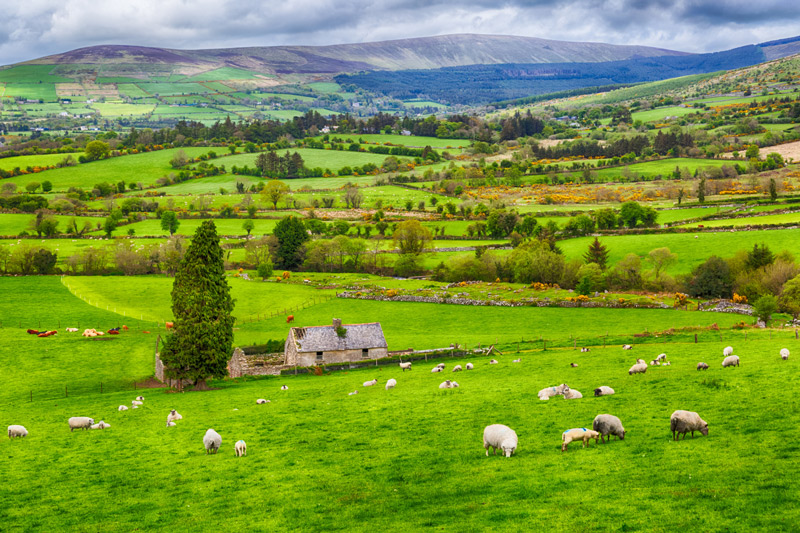
Holidays in Ireland
Discussing holidays is a great way for kids to learn about Ireland. Some may be familiar, but others may not.
St Patricks Day (Lá Fhéile Pádraig, March 17)
On this day the Irish celebrate St Patrick, the patron saint of Ireland. He is credited with bringing Christianity to Ireland. Most of the day features traditional Irish music and dancing. There are often parades and street festivals.
While countries around the world celebrate this holiday with corned beef and cabbage, the Irish serve a more popular bacon and cabbage dish.
People also partake in Irish beers and desserts of rhubarb or apple tarts.
Bealtaine (May 1)
This Irish holiday is a celebration of the coming of summer. It is steeped in rich history and ancient mythology. Each town has “May bushes”, decorated with colorful tinsel and ribbons and said to bring good luck. The people spread yellow flowers everywhere to ward off fairies, who they believe went underground with the rise of Christianity on the island.
Farmers churn fresh cow’s milk into butter on May Day. They believe this butter to be the best of the season. If gifted to a neighbor, they believe your cow will produce abundant milk all year.
Traditionally, children would go out and gather herbs and nettles on this day, when they are the best of the year. The mothers would then make the nettles into soup. The Irish often still serve nettle soup to celebrate Bealtaine, making it with potatoes, leeks, chicken stock, and cream.
Easter (Cásca, Date varies)
Easter is a grand affair on this majority Catholic island. Churches hold an early Mass on Easter Sunday. Afterward, the parishioners return home for an elaborate lunch with family and friends.
A roast lamb is usually present at the Easter table. They pair it with vegetables like cabbage and carrots.
Catholics in Ireland do not eat eggs at all during Lent. So while they buy eggs and colorfully dye them as early as Good Friday (the Friday before Easter), they do not eat the eggs until Easter Sunday.
Simnel cake is also present at any traditional Irish Easter celebration. Bakers decorate this rich cake with almond icing and marzipan balls, and it contains a layer of almond paste baked inside.
Christmas (Nollaig, December 25)
While the Irish celebrate the birth of Jesus like many Christians around the world, Ireland has its own unique customs and dishes when it comes to Christmas. The Irish hold an elaborate feast on Christmas Day, with multiple courses served over hours spent with family and friends.
Mince pies, roast turkey, or spiced beef (beef rolled in cinnamon and allspice) are traditional Irish Christmas fare. They may serve any, or perhaps all, of these dishes, and accompany them with root vegetables, gravy, cranberry sauce, or bread sauce, which is similar to stuffing but garnished with cloves.
The Irish serve desserts like plum pudding (a fruitcake soaked in brandy) later in the day. With it, the host will serve guests Irish coffee, mulled wine, or stout with their Christmas meal.

At-home ideas for kids to learn about Ireland
As a part of your homeschool Ireland unit study or as a supplement to your child’s Ireland unit at school, try some of these ideas at home!
- Find a video tutorial and learn a simple Irish jig.
- Decorate your own May Bush to bring you good luck all year, or set some yellow flowers outside to keep your home safe from fairies.
- Try out a recipe for Irish soda bread. If it’s available near you, pick up some Kerrygold butter to spread over the top!
- Use Word Hippo to look up the pronunciation of specific words in Gaelic.

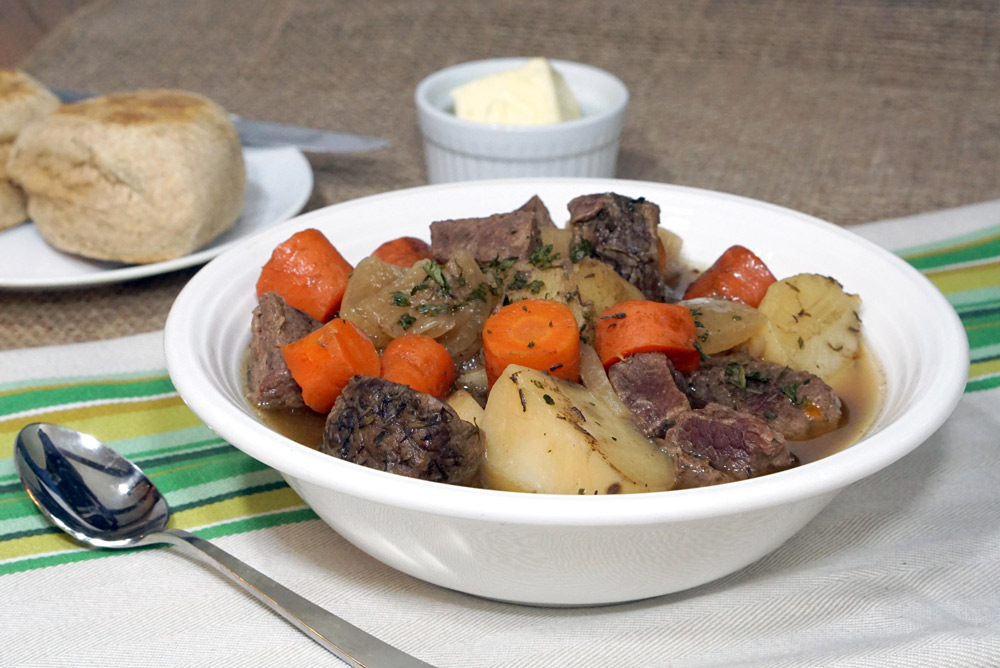
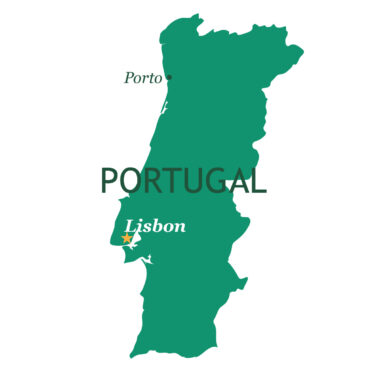
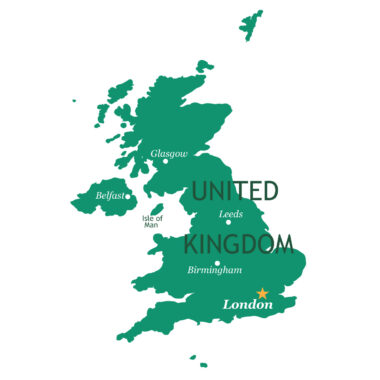
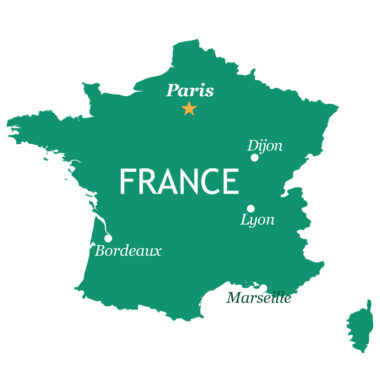
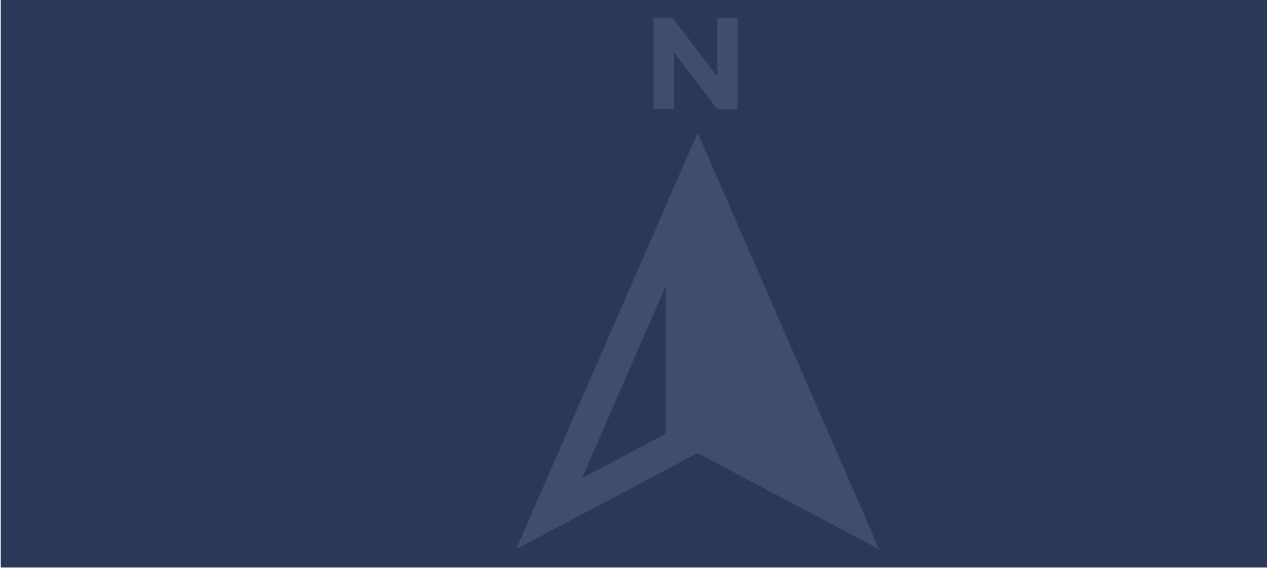

Have a Question/Comment?